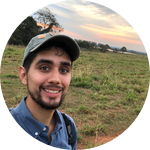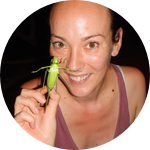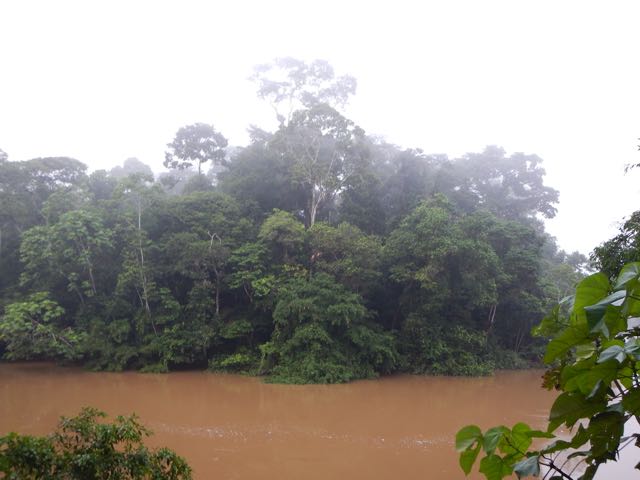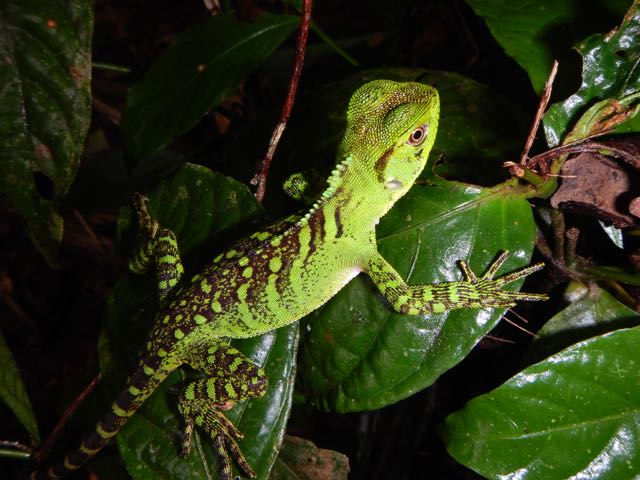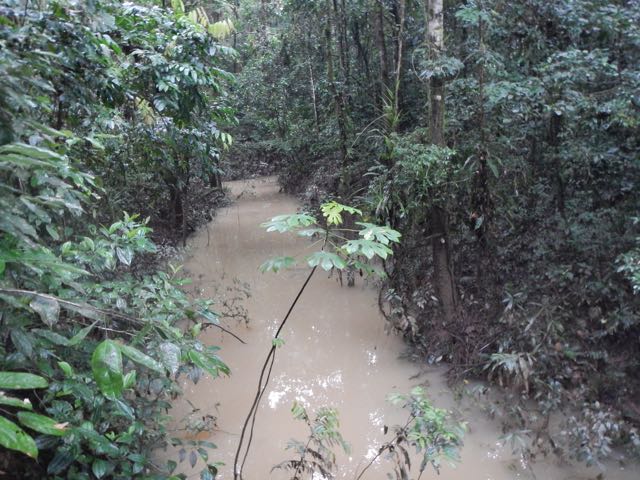About This Project
This project will answer broad questions regarding spider evolution and ecology. Spiders are one of the most successful predators on Earth - there are over 40,000 known species, compared to only about 5000 species of mammals! They are an integral part of a healthy ecosystem, however, little is known about the role spider morphology plays in determining an individual's fitness. This study is the first to apply ecomorphological techniques to answer questions about a spider's functional ecology.
Ask the Scientists
Join The DiscussionWhat is the context of this research?
Ecomorphology, or the study of how a animal's physical traits shape their lifestyle, has been applied to many organisms. Everything from snakes, insects, and monkeys have been studied in this field. However, little is known about the role a spider's morphology (how they look) plays in its foraging behavior.
Being a part of this project, I will learn how to ask ecological questions, perform field research, and I will be a part of a project that will contribute to scientific knowledge.
What is the significance of this project?
The field of Ecology has been increasingly critical in conservation of a variety of ecosystems worldwide. An understanding of how organisms interact with their physical environment and other organisms helps to provide the tools necessary in conservation of ecosystems.
Across the globe, ecosystems are changing. In light of a changing climate, habitat devastation due to increased invasive species, increased cases of insect-borne diseases, beneficial predators have become our best natural defense.
I want to contribute to science's understanding of how a spider's morphology shapes their ecology. The more we understand about a spider's ecology, the more we can protect them, while simultaneously protecting the habitats they reside in.
What are the goals of the project?
- Capture as many individual spider species as possible
- Identify all spiders to family level
- Make following measurements: Abdomen width and length, Cephalothorax width, body length, and length of one of each pair of legs
- Create indices for each measurement based on body length
- Run a Discriminant Function Analysis (SYSTAT13) for the indices
- Identify any trends in morphologies amongst foraging guilds
- Identify which morphologies are adaptive for foraging success
Budget
Thanks to the generosity of Experiment.com supporters, this project has been fully funded for Andrea Haberkern's M.S. thesis research. However, her budget does not cover a plane ticket, for me, her field assistant. This opportunity is a dream come true, and is a turning point in my academic career. With your support, I will be able to get to the Amazon and learn what being a field biologist is really like!
I will travel to the Yasuni National Reserve located in the heart of the Ecuadorian Amazon Basin in May 2015. It is here that I will help collect and measure thousands of spiders. Upon my return to Los Angeles, I will help Andrea with her lab work. I will learn the ins and outs of field work, and many exciting lab techniques- such as bomb calorimetry. These experiences will provide me the necessary tools to launch my academic career in the biological sciences.
Stretch Goal: Any amount raised over our original goal will be used to add an addition field site within Ecuador!
Meet the Team
Team Bio
I have always had extreme passion for the natural world, even as a child. From collecting any bugs I could find in preschool, to purchasing my first field guides to local mammals and reptiles in third grade, biology has always been a huge part of my life.
My interests were only intensified when I was given the amazing opportunity to intern at a local animal sanctuary, The Wildlife Learning Center, in Sylmar, CA. My work at the WLC has helped me realize that what I love to do is teach, and what I love to teach is biology!
I'm currently a B.S. student at California State University, Northridge studying Ecology and Evolution. I hope to graduate within the next year. After graduation, I will apply to graduate school, and pursue my passions even further. I believe the experiences I will learn from this exciting internship in the Amazon will provide me with the necessary tools to excel as a researcher in the biological sciences in the future. This unique opportunity will truly open so many doors, both academically and personally. It will be one huge stepping stone in my life-long pursuit in understanding the natural world and all its wonders.
Ultimately, I want to learn as much as possible about the natural world and teach future biologists about what I've learned, hopefully sparking the same interest that was sparked for me as a child.
Project Backers
- 43Backers
- 130%Funded
- $1,569Total Donations
- $36.49Average Donation
